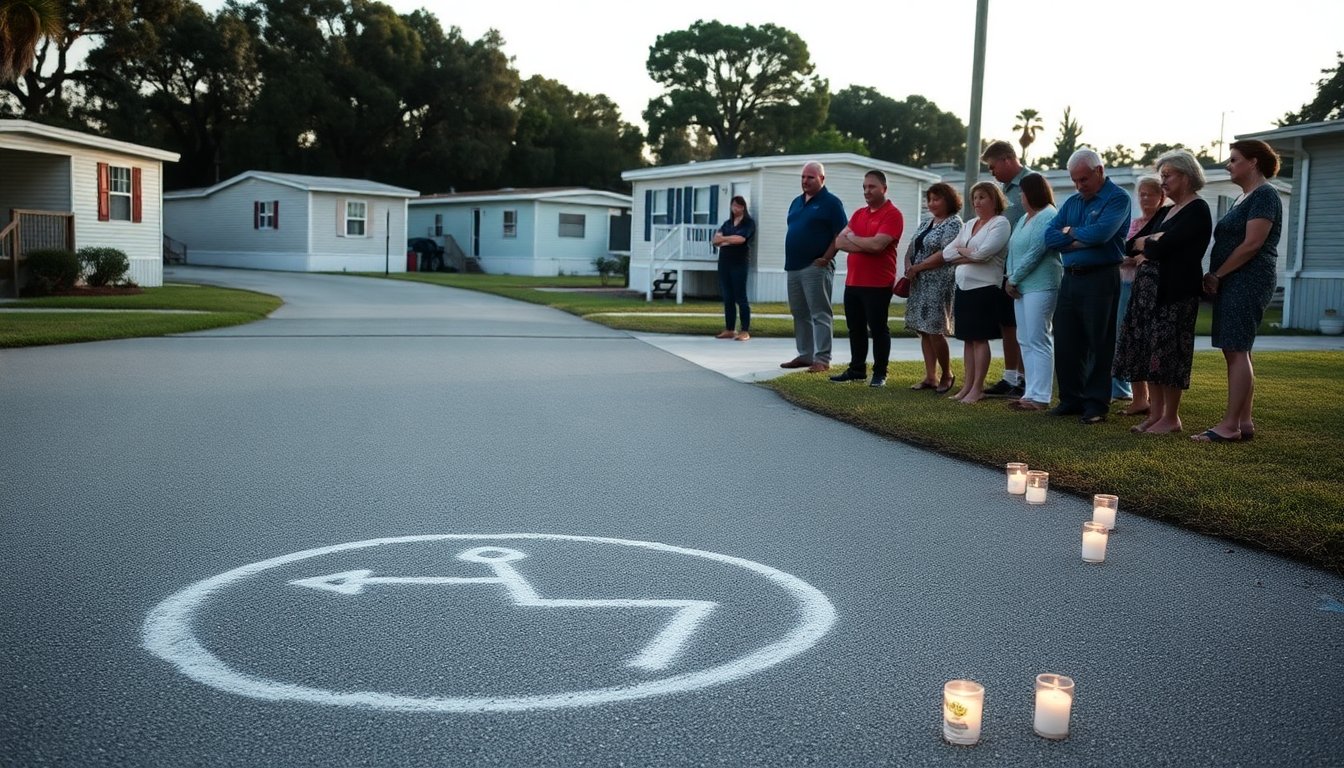Table of Contents
The recent incident at Willow Oak Mobile Home Park in Florida highlights a concerning intersection of crime and immigration enforcement. A tragic hit-and-run claimed the life of a 21-year-old man and led to the arrest of six Guatemalan men residing illegally in the United States. This case not only underscores the immediate consequences of such events but also prompts broader discussions about community safety, immigration policy, and the role of law enforcement in navigating these complex issues.
Incident Overview and Community Response
What began as a neighborhood gathering on an ordinary weekend turned tragic when police responded to a 911 call reporting a deceased man inside a trailer. Upon arrival, law enforcement discovered a 21-year-old victim whose injuries indicated he had been struck by a vehicle. The Polk County Sheriff’s Office provided details on the investigation, revealing that during the party at the mobile home park, a suspect had reversed over the victim and fled the scene without stopping.
Witnesses reported that attendees attempted to notify the driver, Ponciano Cinto-Ramirez, about the incident, but he left the scene. The chaotic atmosphere surrounding the party included excessive alcohol consumption, raising concerns about the safety and responsibility of such gatherings in residential areas. The sheriff’s office noted a history of large gatherings at this mobile home park, leading to questions about the management of these events.
During the investigation, deputies encountered individuals who were reluctant to cooperate. This lack of transparency complicates law enforcement’s ability to effectively address crime within communities, particularly when illegal immigration is involved. The situation intensified as it became evident that the six Guatemalan men present were in the country illegally, resulting in additional legal ramifications for them.
Legal Implications and Law Enforcement Challenges
The legal consequences for those involved are significant. Cinto-Ramirez faces felony charges, including resisting arrest, driving without a valid license, and leaving the scene of a fatal accident. Additionally, the other five men were charged with various offenses related to their illegal status and non-compliance with law enforcement inquiries. This situation underscores the complexities law enforcement faces when tackling both criminal activity and immigration status.
Polk County Sheriff Grady Judd emphasized the serious nature of the charges against all six men, asserting that they would be held by Immigration and Customs Enforcement (ICE) with the potential for deportation back to Guatemala. Such outcomes highlight the dual role of law enforcement—protecting community safety while navigating the intricacies of immigration enforcement.
This incident serves as a reminder of the broader implications of illegal immigration. The ramifications extend beyond immediate legal issues, affecting community dynamics, public perception of safety, and straining local resources. Law enforcement agencies often find themselves caught in the middle, tasked with enforcing laws while addressing community concerns about crime and safety.
Community Safety and Future Implications
The tragic death of the young man at the mobile home park serves as a stark reminder of the potential dangers linked to unregulated gatherings, particularly those involving alcohol. It raises critical questions about community safety and the need for proactive measures to prevent similar incidents in the future. Local authorities may need to explore strategies for better managing large gatherings, enhancing community engagement, and fostering a culture of responsibility among residents.
Furthermore, this event may ignite discussions around local immigration policy enforcement. As communities strive to balance safety with the humanitarian aspects of immigration, it is essential to find solutions that address both concerns. Law enforcement agencies must collaborate with community leaders and stakeholders to foster trust and ensure that safety is prioritized without compromising individuals’ rights.
As we reflect on this incident, continuing the dialogue on navigating the complexities of crime, community safety, and immigration enforcement is essential. Striking a balance that protects residents while addressing the nuances of immigration law will be vital in shaping the future of communities like Willow Oak.


